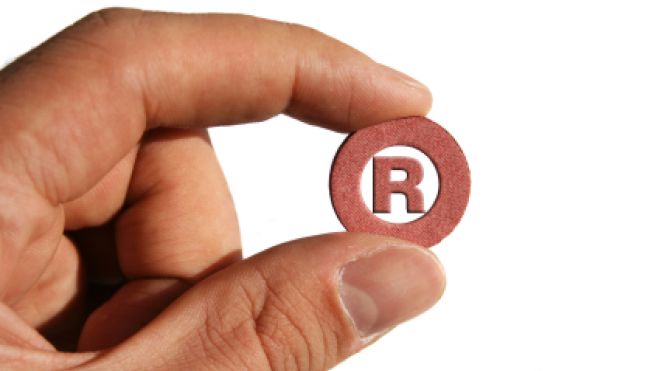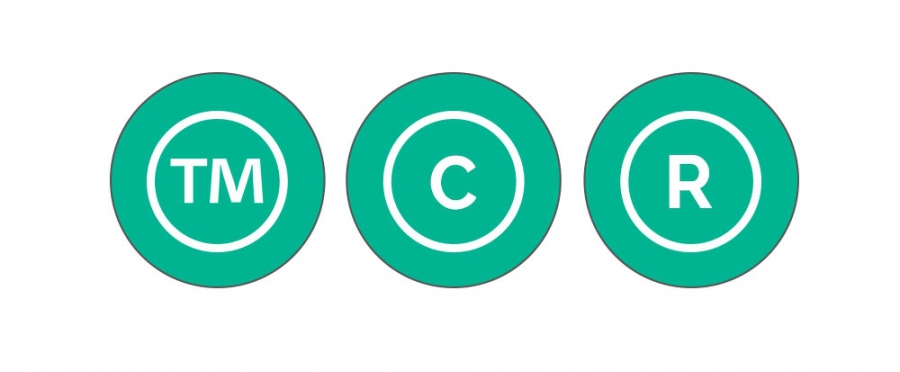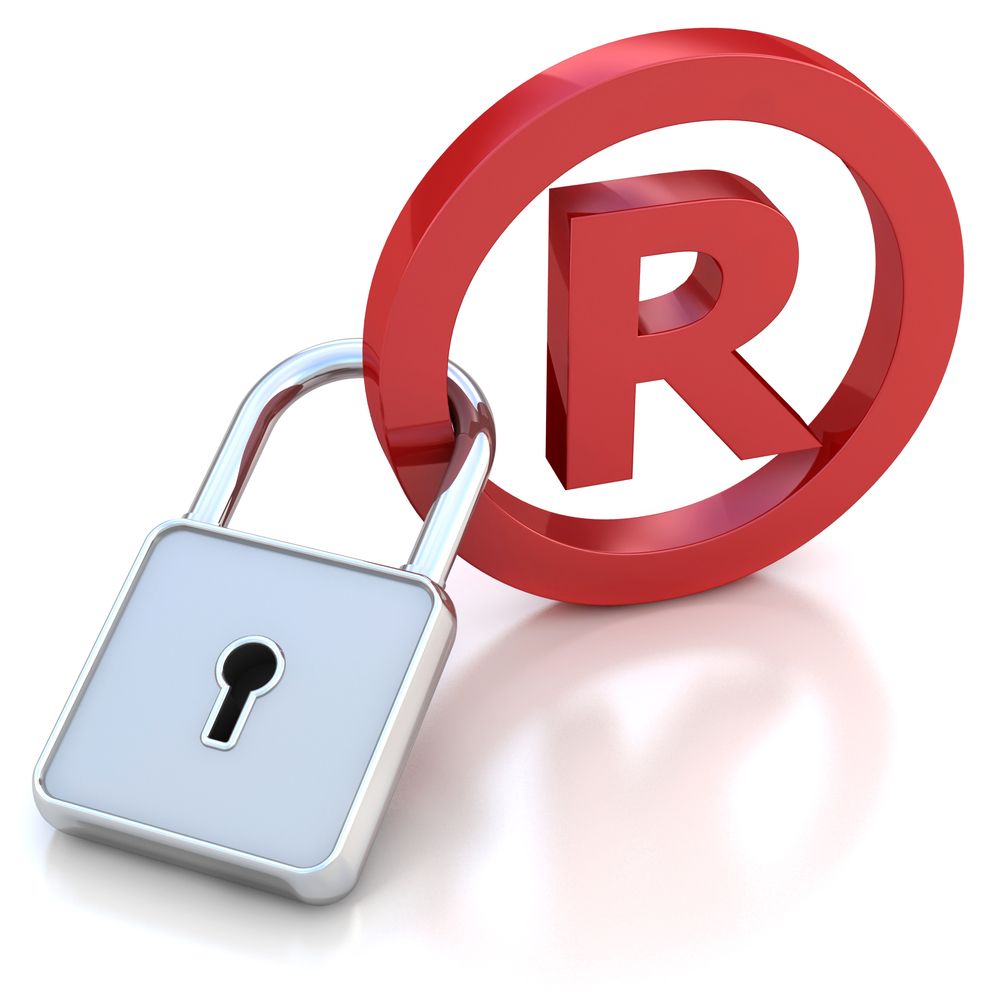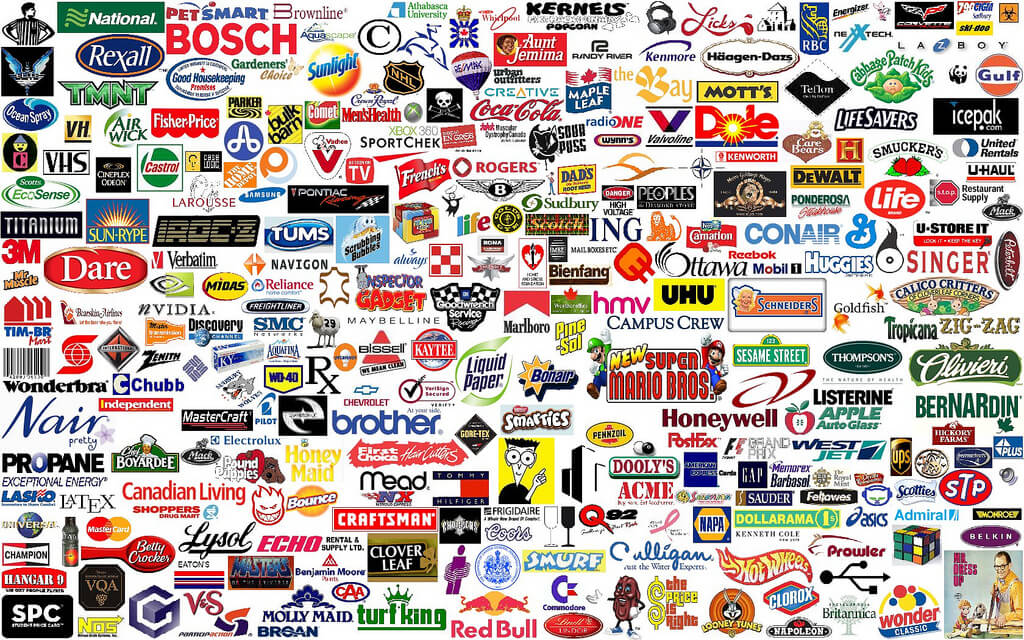Quickly glancing at the window with goods, a person immediately identifies familiar brands. Even after rebranding the packaging, the elements of the trademark (TM) remain noticeable and recognizable. For consumers, quick identification saves time on finding the right product; for business, a recognizable brand is one of the main development vectors.
What is TM?
TM is a system of signs and symbols for identifying goods among similar ones; a kind of business card with which the product stands out from the total mass. A trademark, within the framework of the law, is called a trademark, because it is the mark that is subject to registration and protects the rights of the manufacturer, on the one hand, and assigns him responsibility for the quality of the goods and distribution, on the other. When determining what a trademark is, it must be borne in mind that this name can be applied to the logo, brand and other elements of product identification.
Types of brands
According to the constituent elements, trademarks are divided into the following types:
- verbal (consists of words);
- graphic (logo consisting of graphic symbols);
- combined (the most common type, including words and graphic objects);
- sound (special characteristic sounds);
- olfactory (smells as brand identifier);
- holographic (use of holograms).

The main function of TM is the prohibition of the use of trademark elements by third parties, which protects intellectual property in the form of the idea of creating a specific image of the product and marketing costs for brand promotion. Competitors will no longer be able to legally create such products and thereby influence the image of the quality of the goods with consumers. TM is such an important tool in business that it is subject to serious state protection on the legislative basis.
What is the trademark based on?
The main indicator of a brand is knowledge. But what is TM for the consumer? Is just a graphic entertaining image enough? The effectiveness of the brand consists of the following characteristics of TM:
- Awareness. The formation of this characteristic occurs more often through advertising, when certain situations are associated at a subconscious level with specific products. For example, the juice for a family dinner is “Orchard,” and for a secluded holiday, “I”. Awareness is measured by interviewing potential consumers. The survey can be personal and telephone, the main point in this study is the allocation of a percentage of the population familiar with the brand.
- Clearness. When perceiving an advertising message, a certain image of the product is formed. For example, McDonald's is a quick and satisfying meal. No one expects from this cuisine the sophistication and naturalness of the ingredients, the main factor is to quickly satisfy hunger. A correct understanding by the audience of the characteristics of the product forms adequate expectations, which will subsequently protect against unreasonable claims and disappointments.

- Individuality. It includes a set of associations with the product in terms of social status, lifestyle and thoughts, image, special characteristics (masculinity, courage, self-confidence, intelligence, etc.)
- Value. The characteristic is associated with associations and emotions evoked by the brand image. For example, the association of a car brand with reliability, clothing - with the lifestyle and values of another country. Higher value brands bring more satisfaction to consumers.
Requirements for TM during registration
Registration of the right to use TM includes an examination of the elements indicated in the application for compliance with certain requirements.
Technical characteristics of TM:
- distinctive ability of elements;
- correct perception: not to mislead consumers (for example, the geographical name may not correspond to the real location - “Italian motives” can actually be located in the middle zone of Russia);
- lack of official symbols of cultural objects;
- lack of elements of foreign drinks containing alcohol;
- compliance with public values.

Registration of TM as a trademark takes place in Rospatent by registering elements and specialized expertise. Based on the results of the procedure, a certificate is issued, data are entered into the state register of items defining intellectual property. The certificate gives the right to own and transfer the trademark. A trademark is a full-fledged asset for a business, protecting brand value. The certificate guarantees the right of the owner to use the TM for 10 years, then the extension of the right to use is required. However, there is a danger of cancellation of the right to TM if 3 years after registration the trademark is not used by the copyright holder.
Marking
TM manufacturers mark registered trademarks with special markings. However, the law does not provide for marking standards - this can be either a verbal warning or a graphic sign. Placing a mark without registering a mark entails liability under the law.

The most common marking options:
- verbal indication of “registered trademark”;
- abbreviation TM;
- letter R enclosed in a circle.
Thus, one can not guess what “TM” or ® is on the packaging of goods - this is the marking of a registered trademark.
